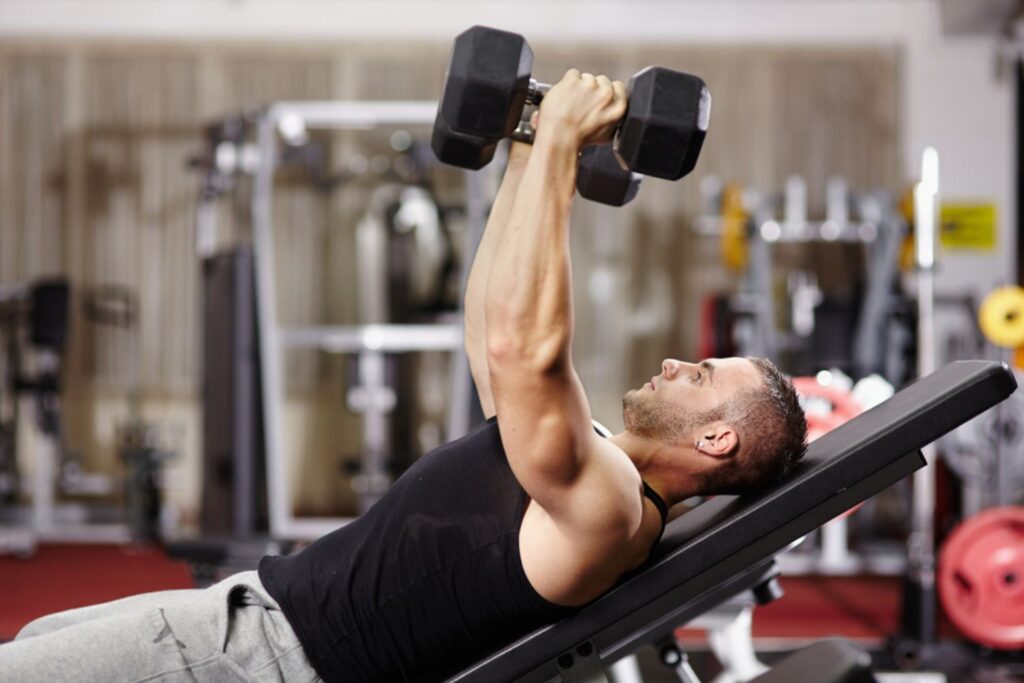Yuki Tsunoda had a rough start to his F1 career. When he made his F1 debut back in 2021, Tsunoda was the youngest driver on the circuit at just 20 years of age, becoming the first F1 driver to be born after 2000 in the process. Despite promising early results, Tsunoda’s momentum faltered as the extreme fitness requirements of F1 Racing caught up to him. Tsunoda developed an unhealthy relationship with working out, going as far as telling ‘The Race’ that “The day I have a gym session, it feels like I’m just having a bad day.” Now, he’s gearing up for his best season yet with a renewed focus.
Yes, driving a Formula 1 car is very different from driving a regular car. No, most people could not simply hop in the driver’s seat and keep up with the world’s best. F1 cars can reach speeds in excess of 370km/h. Drivers experience higher levels of G force while cornering than astronauts during a space launch. And the cars are inclined to crash if drivers allow their concentration to slip for even a moment. To prepare to operate under these conditions, F1 drivers must employ rigorous training regimens designed to test even the toughest of athletes.
Tsunoda spent his life working towards Formula 1. He’s a product of Honda’s racing school and got his start in the Japanese Formula 4 circuit before working all the way up to Formula 1. Tsunoda’s first two F1 seasons were riddled with inconsistent performances that had a demoralising effect on the rising star. But with a lifetime behind the wheel of high octane vehicles, Tsunoda doesn’t believe his driving skills were to blame and instead puts it down to being physically unprepared for F1 training.
Tsunoda made an impressive start to his F1 career in 2021, with a top 10 finish in his debut race. But before long, the physically and mentally demanding nature of the sport caught up to him and his performance suffered. “As soon as I went into more physically demanding tracks and also hotter track conditions, I felt like I’m not enough,” he said. “I needed to work harder.”
For Tsunoda, the shift from a regular fitness regimen to Formula 1’s intense gym sessions were the most challenging aspect of joining the circuit. Tsunoda attributes his early struggles to difficulties in finding the necessary dedication needed to perform at the top level. “I realised quite late that I had to improve. I thought at certain points before the season started that I was doing enough.” Tsunoda said.
“As soon as the season starts, I couldn’t train much more, I couldn’t gain the physical performance because we are so time limited and as soon as one race finishes, the next race is going to start.”
Now entering his third F1 season with the AlphaTauri racing team, Tsunoda still isn’t a fan of F1’s extreme training. “I still don’t like gym sessions. I don’t like the smell of the gym, I don’t like the equipment, I don’t like everything.” While he remains resentful, Tsunoda recognises that working out is a necessary evil if he wants to improve. “I know the gym helps a lot to increase my performance. Of course, I really don’t like it. But what I felt last year and experienced last year motivates me at least a little bit to train.”
“I progressed quite a lot, in terms of the physical side, mentality and driving side, every race.” Tsunoda said. “I am quite happy with the shape I am in right now. It was a big shame that I could not show it with results like last year.”
Australian F1 driver Daniel Ricciardo, who currently serves as a backup driver for Red Bull Racing, is all too familiar with the extreme measure’s drivers must go to in order to prepare themselves for the physical demands of F1 Racing. He explained the training process to GQ in 2022, “We have to be strong to hold the G-forces that our body goes through in the car. They can be four or five times my weight, but we also can’t be heavy because it’s a lightweight sport.” Ricciardo said. “We’re doing stuff which is more focused on strength endurance than gaining mass, and most of that is core strength, as well as neck and shoulders. But we do need decent lower body too, to give us a good low centre of gravity.”
Despite spending endless hours seated, F1 Racing is one of the most physically demanding sports. Driver’s training focuses on strengthening their entire bodies, with special attention given to neck strength. Regular reaction training is also necessary with a plethora of exercises designed to improve reaction speed an important part of driver’s training routines.
Tsunoda is hoping to improve upon his mediocre start to his F1 career in the upcoming 2023 season. A major factor in his anticipated improvement is a move away from the gloomy weather and uninspiring cuisine of the UK to the ever-invigorating landscape of Italy, which Tsunoda believes has already worked wonders. “Weather is quite an important thing for me, and food as well. So when I went to Italy, I already felt more energetic.” Tsunoda told GPFans.com. “I felt it was a big, important move and was having a good impact on me.”
















